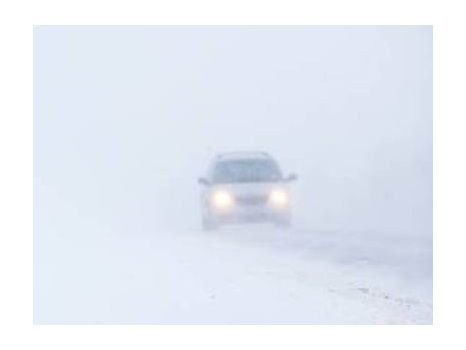Experiential Market Keeps Growing, Set To Surpass Pre-Pandemic Levels In 2024.
- Inside Audio Marketing

- Oct 15, 2024
- 3 min read

Global consumer experiential marketing, including radio staples such as event sponsorships and live event marketing, will surpass pre-pandemic spending for the first time in 2024. PQ Media reports the sector is expected to grow 10.5% this year, to $128.3 billion in worldwide spending. That compares with $121.87 billion in 2019.
PQ Media is now offering both business-to-consumer and business-to-business data in its annual forecast on experiential marketing. Both segments are growing. B2C experiential marketing is the largest of the two industry sectors. It is forecast to grow 10.3% in 2024 to $90.32 billion worldwide. The increase is fueled in part by spending related to the Paris Olympics and political rallies in several countries, including the U.S.
PQ says B2C experiential marketing totaled $81.92 billion in 2023. Most critically for radio is within B2C experiential marketing, consumer event sponsorships were the larger of the two major channels at $42.72 billion in 2023. And live consumer events were the fastest-growing B2C channel last year, up 9.6%.
“Experiential marketing is becoming a more important part of marketing campaigns because of better metrics and engagement with customers,” said PQ Media CEO Patrick Quinn. “In the B2C sector, consumer event sponsorship growth is being driven by new venues accepting sponsorship deals, such as those in sports arenas, floor spaces and uniforms. Live consumer event marketing is growing faster than consumer event sponsorships because it gives brands exclusive access to target consumers, particularly younger demographics at malls, college campuses and nightclubs.”
Although B2B experiential marketing may be smaller, it will have a faster growth rate this year. PQ Media says the segment is on pace to increase 11.1% in 2024 to reach $38.03 billion worldwide. Fueling B2B experiential growth is an increase in exhibit booth rentals and attendance fees, as companies enlarge booths to add AI demonstrations and companies continue to send more executives to shows following the cratering of attendance at the peak of the pandemic.
On the heels of last week’s NAB Show New York — which had more than 12,000 attendees and 250 exhibitors, including 50 first-timers — the report from PQ Media shows conference spending is growing. Within B2B experiential marketing, exhibit space rental fee spending is expected to be up 11.8% this year, trade show promotions were the second-fastest growing segment.
“In the B2B sector, many of the gains reported by various industry verticals are directly tied to products at trade show booths, sessions at conferences, and seminars that include artificial intelligence components,” Quinn said. “Booths are becoming more interactive and engaging using virtual reality demonstrations and related personalized promotional products.”

The U.S. remains the world’s largest market for experiential marketing, and PQ Media says it is on pace to expand 12% in 2024. The market reached $52.8 billion in 2023, commanding 45.5% of global spending on overall experiential marketing.
Within the U.S., B2C experiential marketing was the largest of the two sectors at $39.46 billion in 2023, but B2B experiential marketing grew faster, increasing 13.4%. Event sponsorship was the largest of the two B2C channels at $19.91 billion, while live consumer events grew faster, up 11.1%.
The coming years could provide even more opportunities for event marketing budgets to grow, according to the Global Experiential Marketing Forecast 2024-2028. PQ Media sees multiple opportunities abound for event marketers, sponsors, and back-end designers in 2026 when the U.S., Canada, and Mexico will tri-host the FIFA World Cup, as well as in 2028 when the Summer Olympics will be held in the Los Angeles area.




Comments